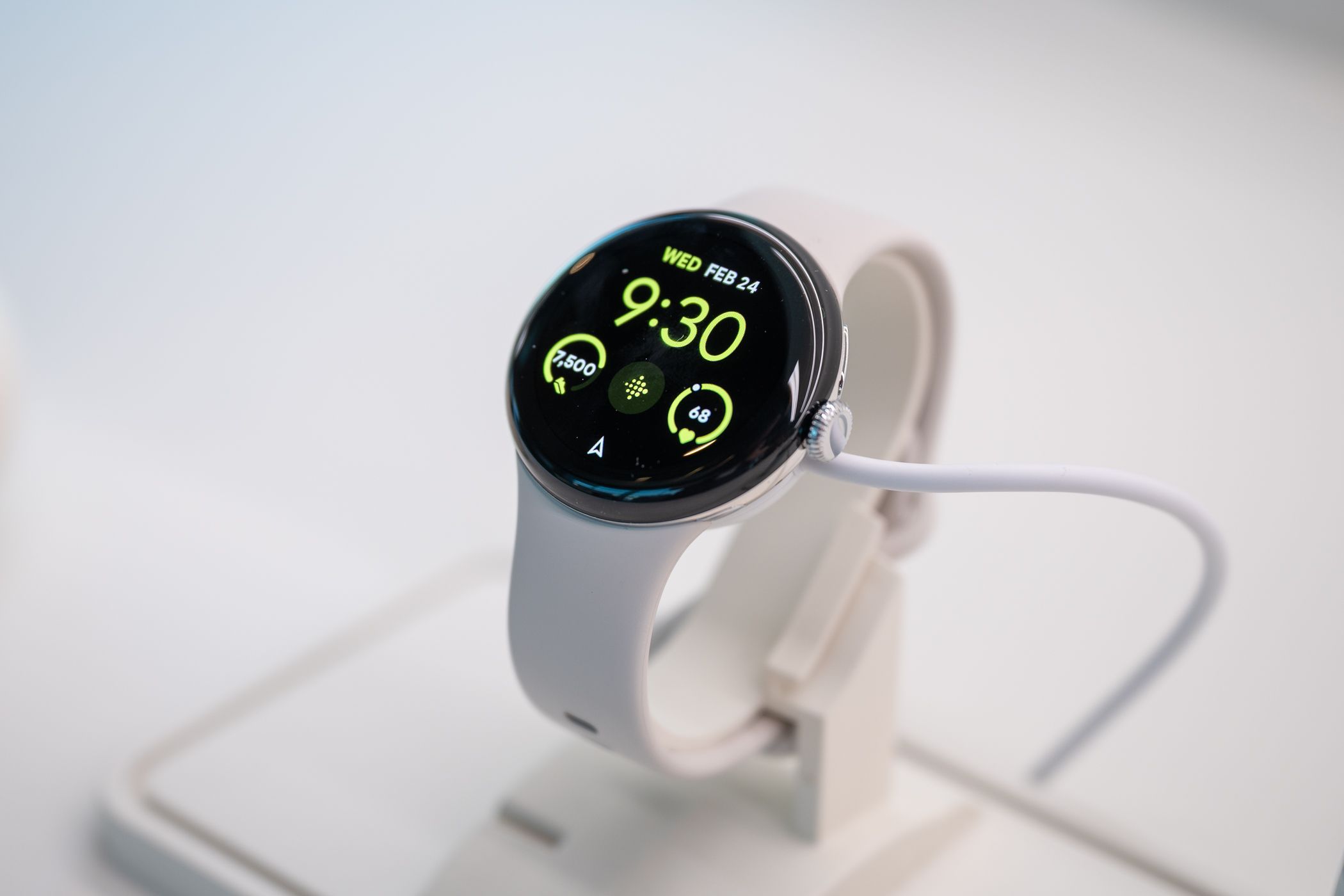
Most smartwatches struggle to last 24 hours on a single charge. But the newly-released OnePlus Watch 2 boasts a maximum 100-hour battery life. This shocking accomplishment comes courtesy of the “hybrid interface” in Wear OS 4, meaning that a 100-hour battery may become commonplace in new Android smartwatches.
The Wear OS platform, which is co-developed by Google and Samsung, was overhauled in 2021 to better compete with Apple’s watchOS. One major change was the introduction of a dual-chipset architecture. It’s a pretty straightforward idea; heavyweight tasks are handled by a power-hungry application processor (AP), but background tasks are left to a more efficient microcontroller unit (MCU).
A developer-facing “hybrid interface” chooses when to utilize the AP or MCU. This gives manufacturers and developers the ability to tailor battery optimizations to certain tasks. Google’s Pixel Watch, for example, uses the hybrid interface to supply per-second heart rate monitoring without a noticeable impact on battery life. Still, the Pixel Watch needs to be recharged every day. That’s why Google is introducing a “substantially expanded” hybrid interface system that takes a more aggressive approach to common tasks, specifically notifications and messaging.
This “expanded” hybrid interface is responsible for the OnePlus Watch 2’s extreme battery life. Instead of waking the power-hungry AP every time there’s a new notification, the OnePlus Watch 2 diverts notifications to the efficient MCU. You can interact with, dismiss, or write a response to these notifications without transitioning to the AP, thereby saving a substantial amount of power without compromising the core smartwatch experience.
Other simple tasks, such as watch face rendering, are also handled by the MCU in Wear OS 4. And if a developer wants to optimize new apps or features for a batter battery life, they’re free to do so with the existing Wear OS 4 APIs. This is in addition to the power-efficient health tracking capabilities that previously debuted on the Pixel Watch.
Google took the time to explain its “expanded” hybrid interface in a Developers Blog post. Frustratingly, this post makes no mention of existing smartwatches. The Pixel Watch and Galaxy Watch both run Wear OS 4, but there’s no indication that older watches will gain new battery optimizations.
However, Google says that “future devices” will leverage the hybrid interface for extreme battery life improvements. Next-gen iterations of the Pixel Watch and Galaxy Watch could boast an extended battery life of 50 hours, 75 hours, or even 100 hours. Just know that the 100-hour landmark isn’t a guarantee. The OnePlus Watch 2’s battery has twice the capacity of the Pixel Watch 2’s battery, and OnePlus uses some annoying screen behavior (which we discuss in our review) to aid the hybrid interface’s power-saving features.
Future Android smartwatches can match the OnePlus Watch 2’s extreme battery life. The question, unfortunately, is whether Google or Samsung will take the plunge. If these leading brands opt for a more traditional battery life, it’s up to OnePlus and other third parties to lead the charge.
Source: Google

